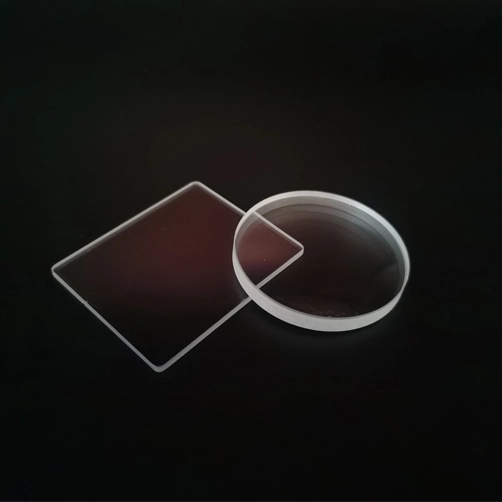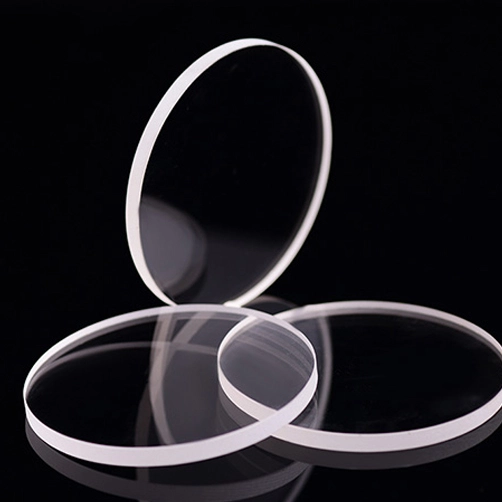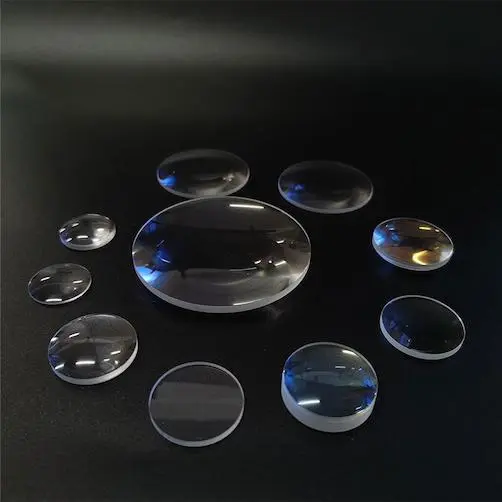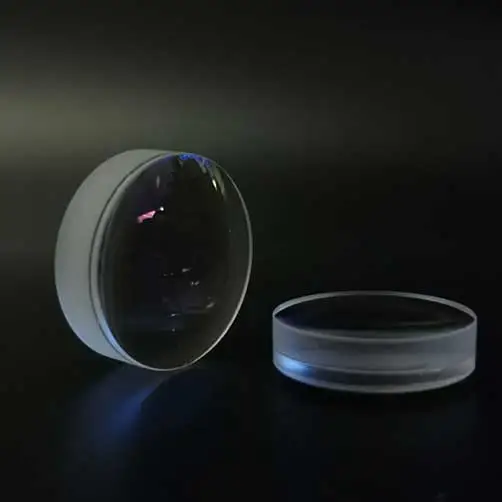
At present, the defect detection methods at home and abroad can be roughly divided into imaging methods and energy methods, among which visual method, grazing method, filter imaging method, etc. all belong to imaging method, and energy method mainly includes scattering energy analysis method, spectrum analysis method, etc. In addition, there are scanning tunneling microscopes, atomic force microscopes, stylus surface profilers and other instruments to directly detect component surface defects. These methods have their own characteristics according to different principles. The following is a brief introduction to several commonly used defect detection methods for optical components.
As one of the most primitive detection methods, it is still widely used in the detection of optical components in China. The visual method refers to the observation of the surface of optical components by the observer using a magnifying glass of 4 to 10 times or directly with the naked eye in a dark-field lighting environment, and judges the type and size of surface defects based on his own experience.
The disadvantage of the visual method is that it is very subjective. The test results are easily affected by the experience of the testers and eye fatigue. The quality of the test varies from person to person. Therefore, the detection efficiency of the visual method is very low, and the detection accuracy is unstable. A series of problems limit the development of this detection method.
The basic principle of this method is similar to that of the visual method, the difference is that instead of direct observation with the naked eye, it is replaced by an optical sensor, which further improves the detection speed. The filter imaging method is divided into high-pass filter imaging method, low-pass filter imaging method and adaptive filter imaging method.
1. The high-pass filter imaging method refers to limiting the low-frequency components in the light beam after being transmitted or reflected by the surface of the optical element under test, and the remaining high-frequency components are imaged by the optical sensor. Since most of the scattered light from defects is high-frequency, so The image at this time is an image showing bright defects in a dark background. The size and characteristics of the defect are judged by observing and testing the size and brightness of the defect image.
2. The principle of the low-pass filter imaging method is exactly the opposite of that of the high-pass filter imaging method. It filters out the high-frequency part of the spatial frequency carrying the defect information in the imaging beam, and allows the low-frequency components to be imaged. The image at this time is under a bright background. Image showing dark defects.
3. The adaptive filter imaging method is similar to the high-pass filter imaging method. In the imaging system, the low-frequency part of the beam is limited, so that the high-frequency part with optical component defect information reaches the imaging surface, but the filtered spectrum is not fixed. It is determined by the spectral characteristic value of reflected or transmitted light, and the image at this time is also an image showing bright defects in a dark background.
The detection principle of this method is similar to the currently commonly used dark-field imaging principle. When the light hits the surface of the optical element, if there is no defect in the projected spot area, the imaging plane of the objective lens will be black. If there is a defect in the projected spot area, the reflected beam will be scattered, and the beam enters the imaging plane of the objective lens to form a bright spot.
By analyzing the size and angle distribution of the scattered light energy emitted by the surface defect, the actual situation of the defect can be obtained. Among them, the scattered light energy integration method refers to integrating the scattered light energy generated by the defect. From the linear relationship between the energy integral and the size of the defect, the degree of damage of the defect can be judged from the integral value.
Another method of analyzing the angular distribution of scattered light is to measure the energy value of scattered light at each angle, draw a graph of the relationship between the energy of scattered light and the scattering angle, and identify the type of defect by studying the shape characteristics of the graph. The disadvantage of this method is that the detection system is too complicated, the detection speed is relatively slow, and the specific location of the defect cannot be determined.



